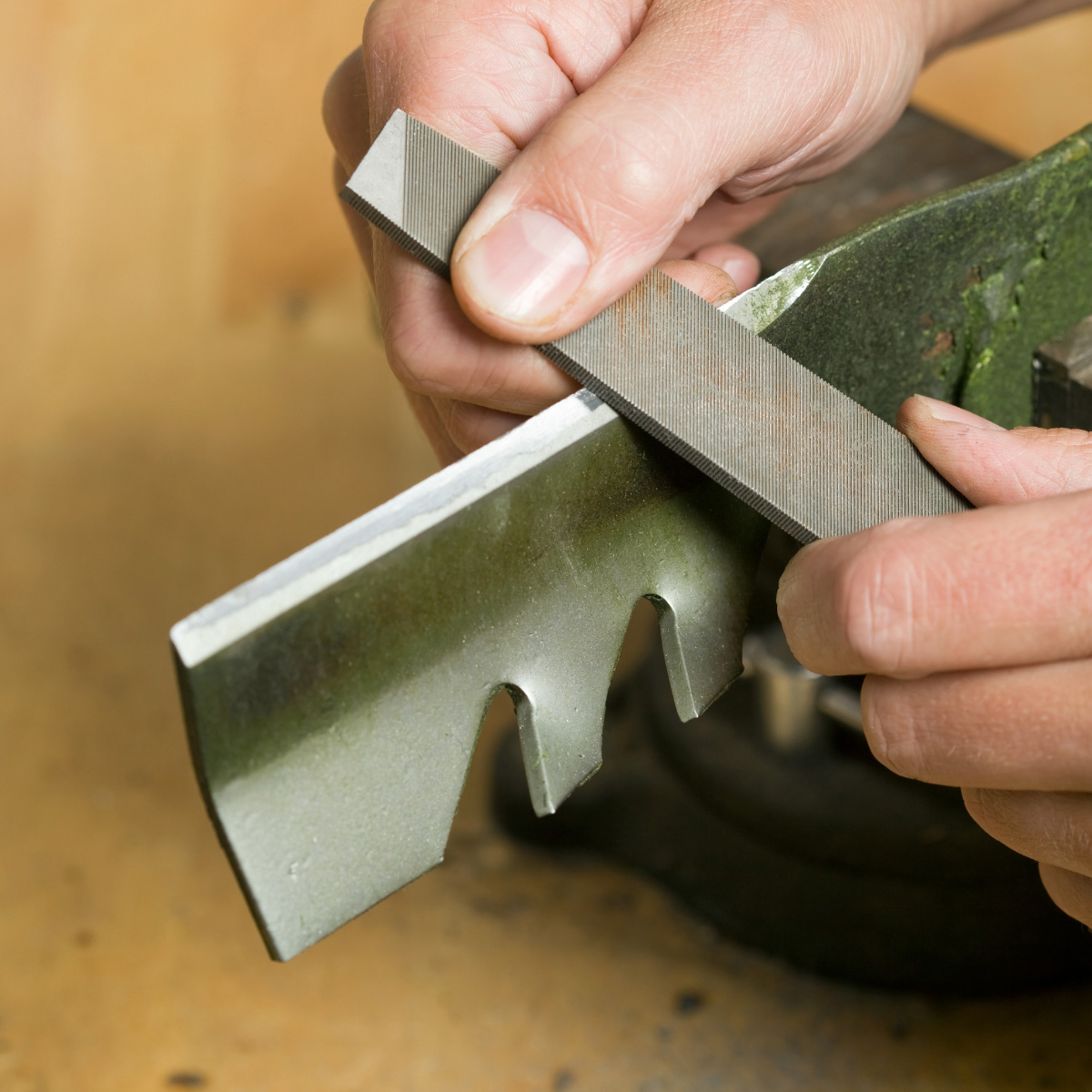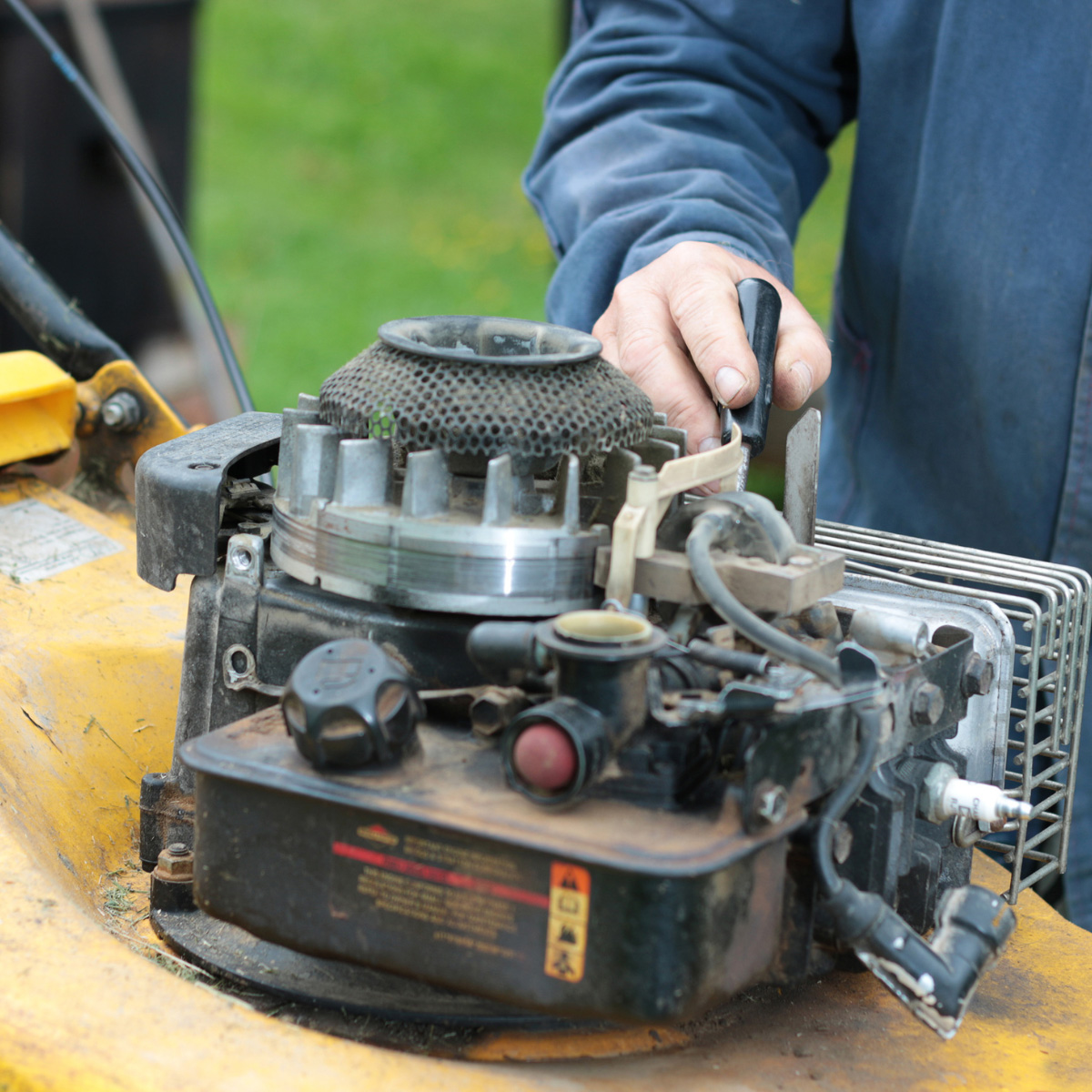How to Winterize Your Lawn Mower and Yard Tools
Before the snow starts flying, it’s a good idea to get your lawn mower and yard tools prepped for the winter. A bit of maintenance now means fewer headaches come spring, no clogged fuel lines, no rusted blades, no wondering why your mower won’t start. Here’s how I get my own gear ready for the off-season, step by step.
1. Give Everything a Good Clean
Start by brushing off all the built-up grass and dirt, especially underneath the mower deck. I usually use a stiff brush, some soapy water, and a bit of elbow grease. Just make sure to disconnect the spark plug before flipping your mower over to clean the underside. This is also a good time to check for loose bolts or damage.

2. Deal with the Fuel
If you’re like me, you don’t want to be dealing with a gummed-up carburetor in the spring. You’ve got two solid options here:
- Drain the gas completely and run the engine until it dies, or
- Use a fuel stabilizer, fill the tank, add the stabilizer, and run it for a few minutes to get it through the system.
If you’re working with two-stroke tools like trimmers or blowers, it’s usually best to empty them out entirely.
Pro Tip: Try Aspen Fuel
If you want to skip the stabilizer and go with something cleaner, I highly recommend
Aspen Fuel. It’s made for long-term storage with no gumming, no varnish, just a clean start when you need it. I’ve had great results with it in both mowers and trimmers.
3. Change the Oil
Running your mower with old oil isn’t doing it any favours. I warm up the engine for a minute so the oil flows easier, drain it out, and then top it up with fresh oil based on the manufacturer’s recommendation. It’s a simple step that can save your engine.
4. Check the Filters and Spark Plug
Dirty air filters and fouled spark plugs are usually behind those “why won’t this thing start?” moments. Take a quick look, clean or replace anything that looks worn out. I usually replace the fuel filter annually too, just to be safe.
5. Sharpen the Blade
Remove the mower blade, give it a look, and if it’s still in good shape, sharpen it. Dull blades rip the grass instead of cutting it, which stresses your lawn. If it’s bent or nicked, swap it out.

6. Remove the Battery
If your mower runs on a battery, disconnect it and store it somewhere dry, not beside the furnace or near your gas cans. I keep mine on a shelf with a trickle charger attached over winter so it’s ready to go come spring.
7. Lubricate Moving Parts
Spray some lubricant on cables, hinges, and other moving parts to stop them from rusting up. If you’re storing tools with wood handles, a quick wipe with tung oil keeps them from drying out and cracking.
8. Store It Right
Ideally, you’re keeping your equipment in a garage or shed. But if that’s not an option, at least cover everything up with a proper tarp. And make sure air filters and fuel caps are pointing up when storing, you don’t want fluids leaking into the wrong places. One last thing: Always double-check your user manual. Every model has its own quirks. But if you follow the basics above, your gear should be in top shape when the snow melts and the grass start growing again.
Get Your Equipment Winter-Ready with Lawnmower Hospital
When you’re ready to put your mower and tools away, make sure you’re stocked up with the right products to make next spring a smooth start. Lawnmower Hospital in Edmonton carries everything you need for off-season maintenance, from Aspen Fuel and filters to oil, spark plugs, and storage accessories.
Stop by or give us a call, and our team will help you get your equipment winter-ready and running like new when the snow melts.